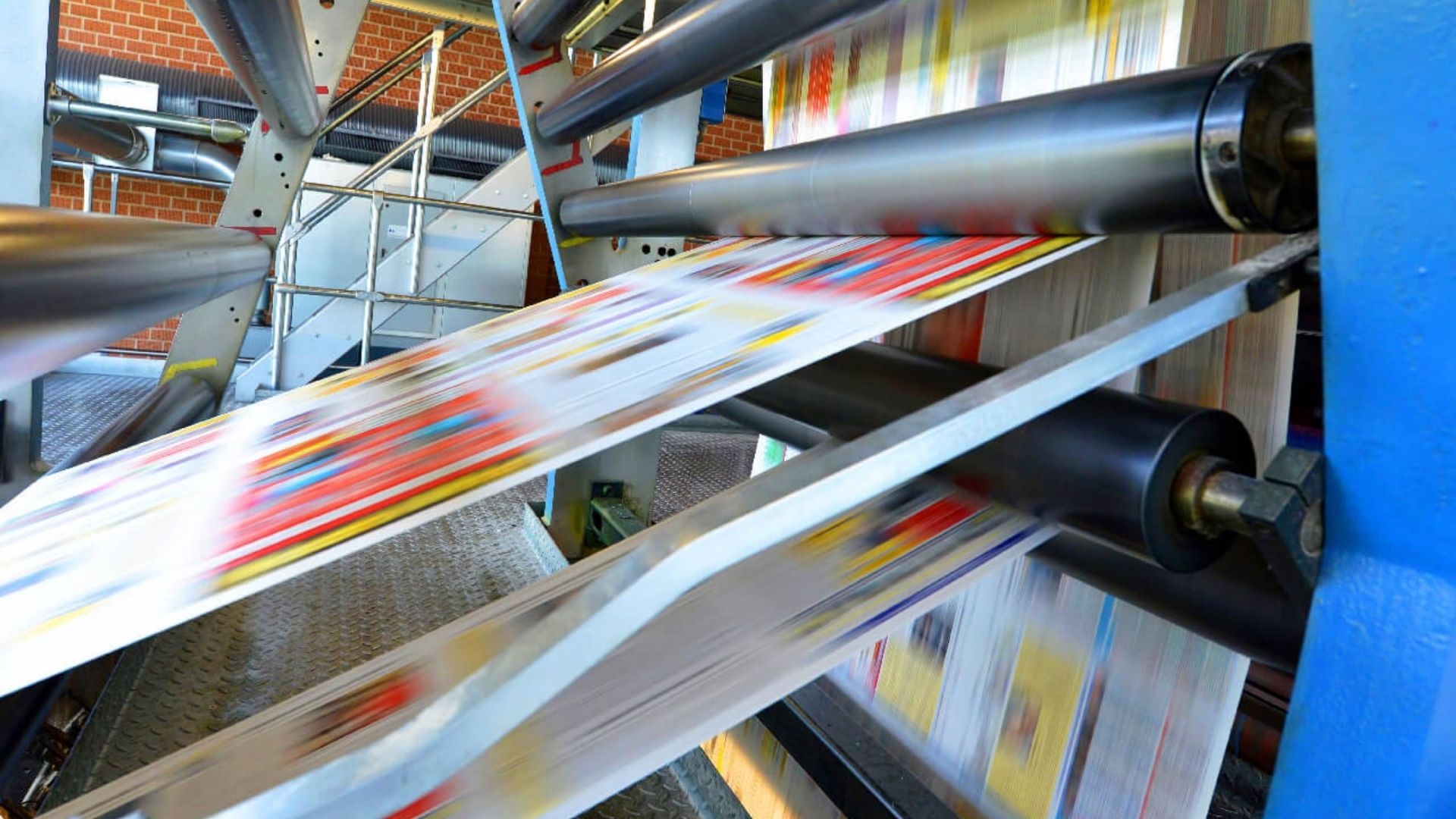The coating that makes the difference
Once the sheet of paper is obtained, it is possible to proceed with the typographic printing, a process that allows a potentially infinite number of identical copies of textual contents, drawings or images starting from a single physical matrix.
In this phase, sheets are moved at high speed in order to imprint the required type of sign (letters, symbols, images, etc.).
There are various printing techniques, such as flexography and offset printing. The first is a direct rotary printing method, i.e. it involves the use of relief plates made of rubber or photopolymer materials, called clichés.
Initially used mainly for packaging, flexography was once referred to ‘aniline printing’ (from the name of the dye used). Nowadays, flexography is also used for higher-level productions, i.e. newspaper, thanks to the improved quality of the components employed.
Offset printing is instead an indirect method, which means that the subject (or lettering) is not transferred directly from a plate to the paper, but through the use of rollers. This allows high-definition prints to be obtained. This type of printing has also the advantage that it can be used on substrates with an uneven surface.

In a print shop, it is essential that the rollers that move the sheets are protected by coatings able to withstand friction and drag wear.
For this market, Metalvar New offers ceramic coatings characterised by high compactness and hardness, providing the right protection for the parts most affected by wear.
Contact Metalvar New experts for more information on specific coating solutions for the paper industry.